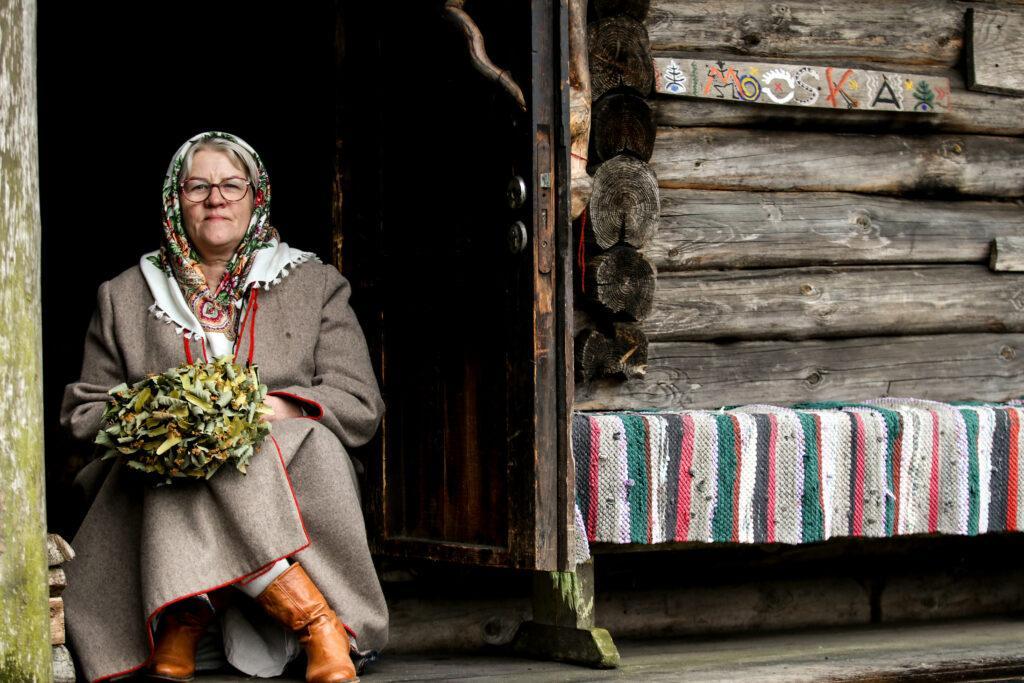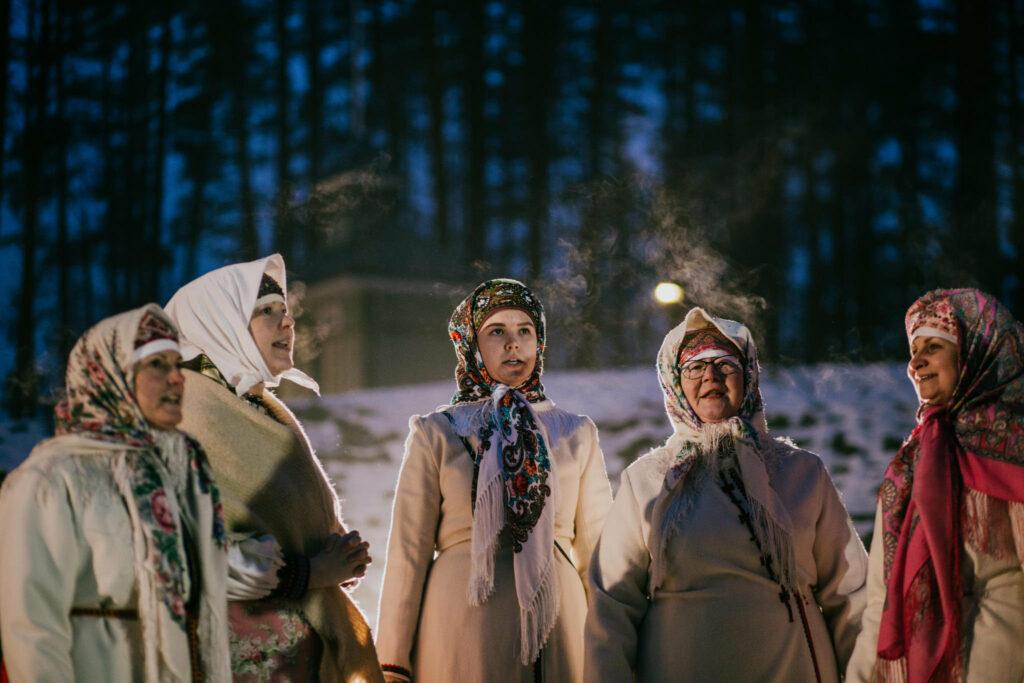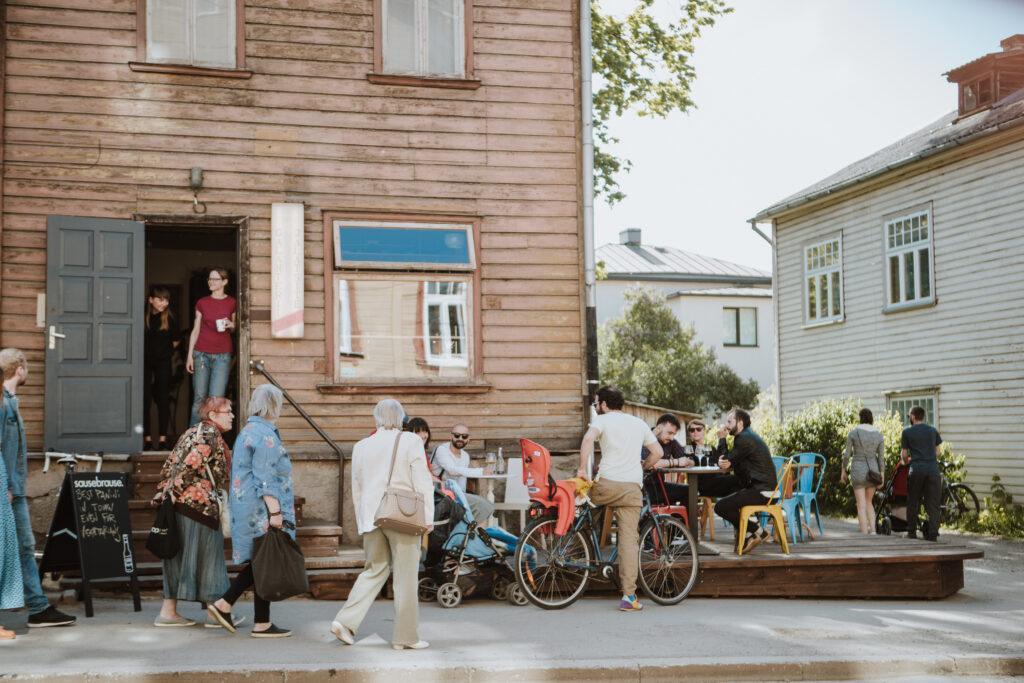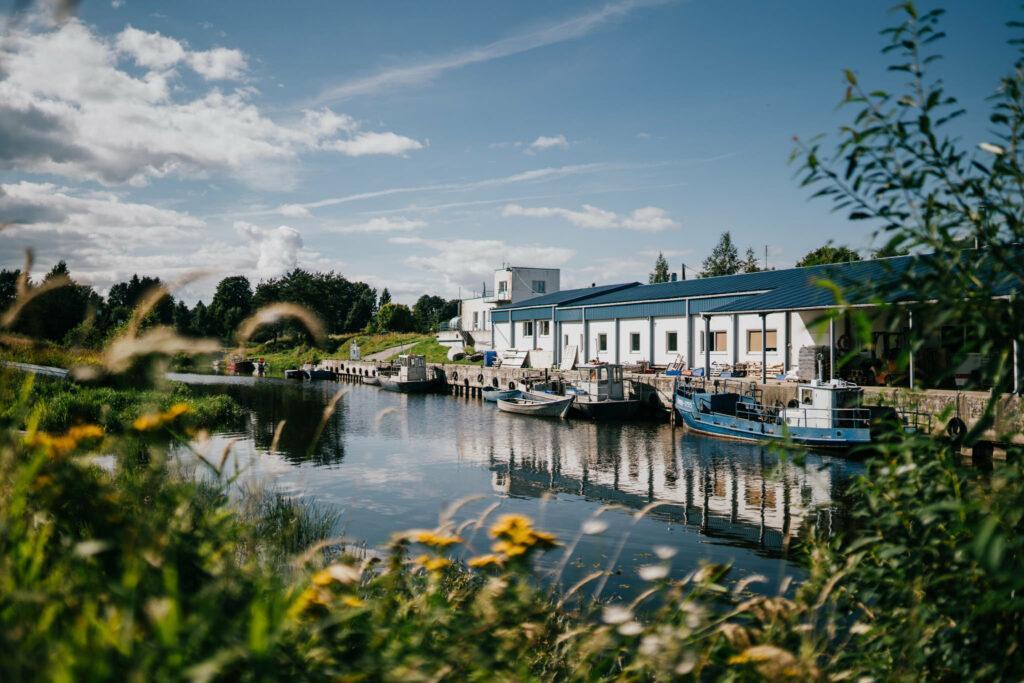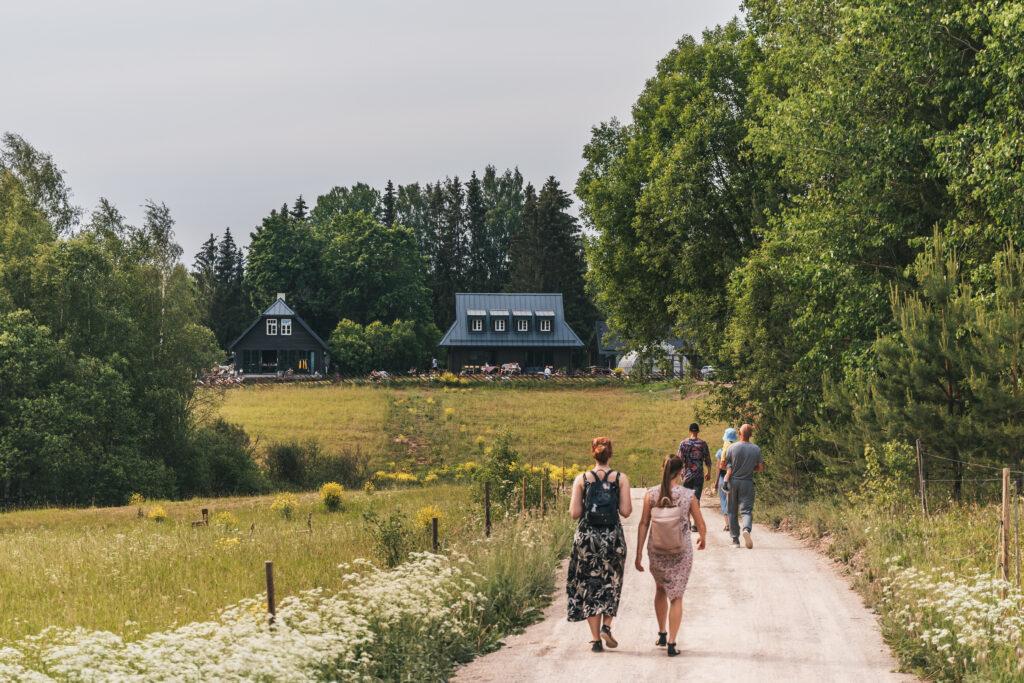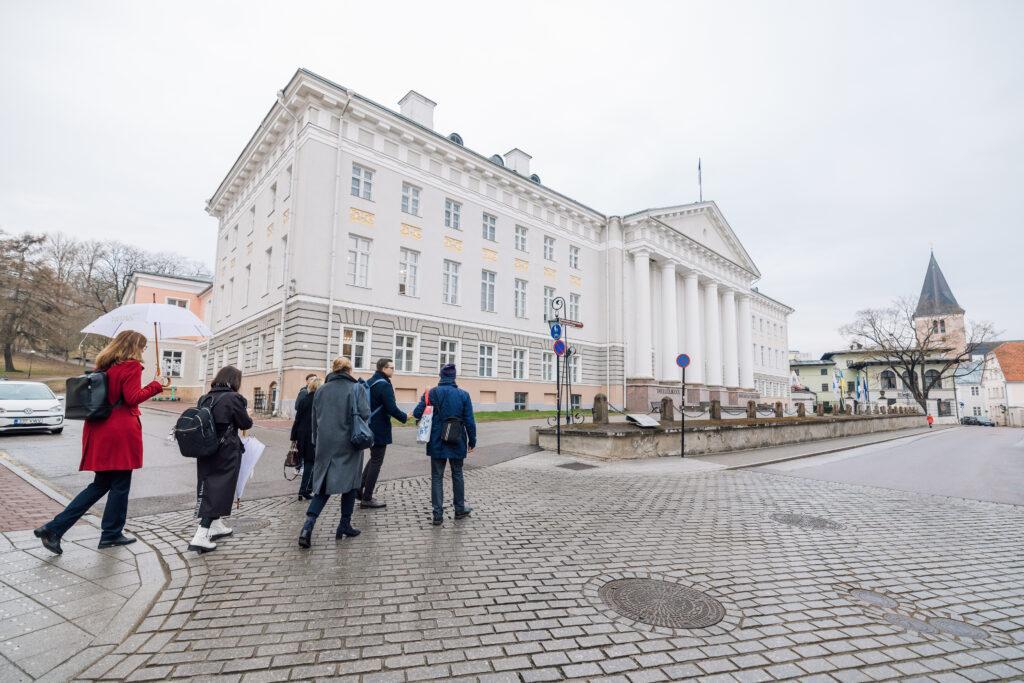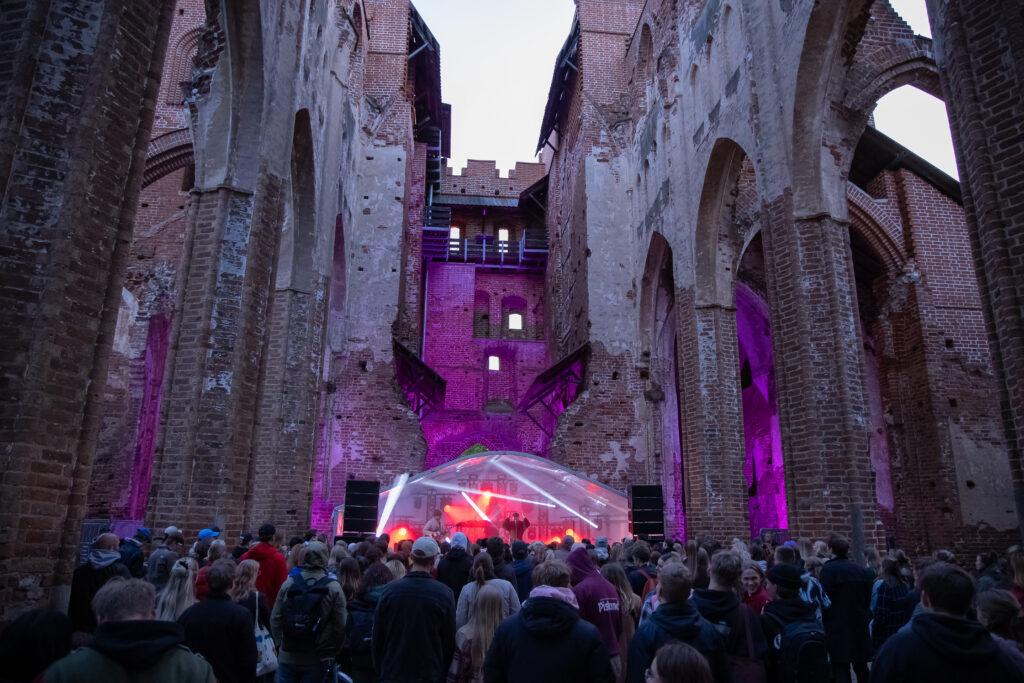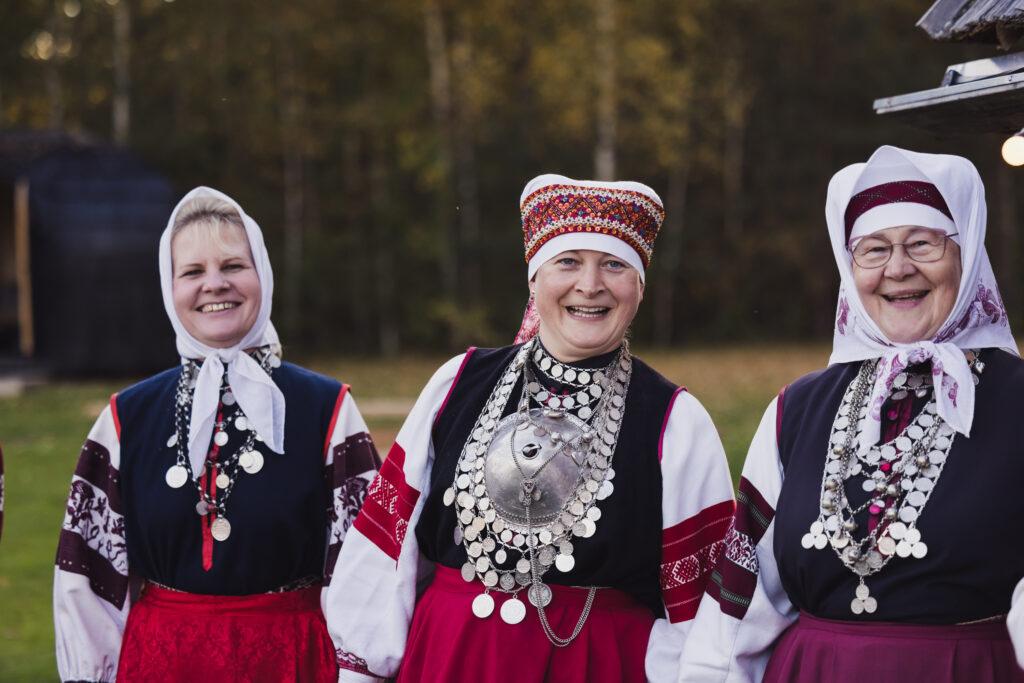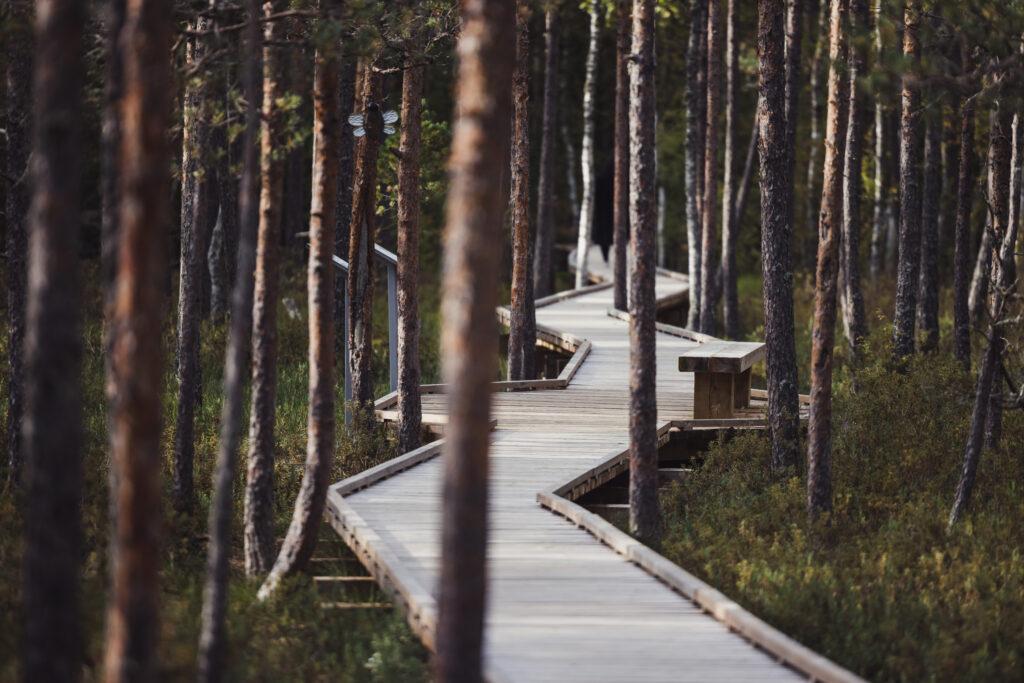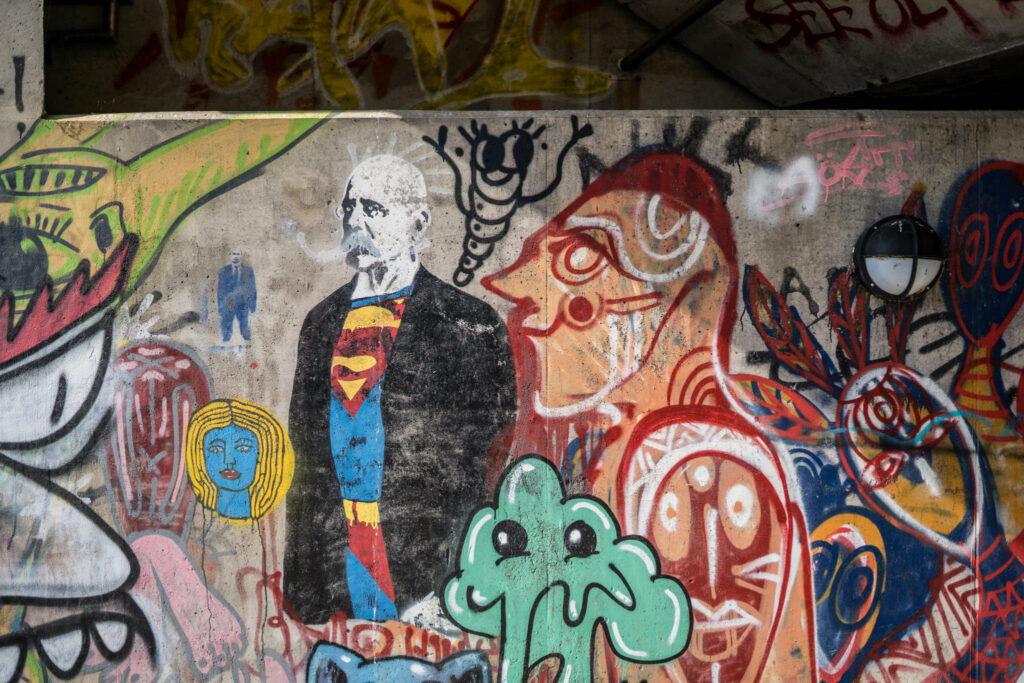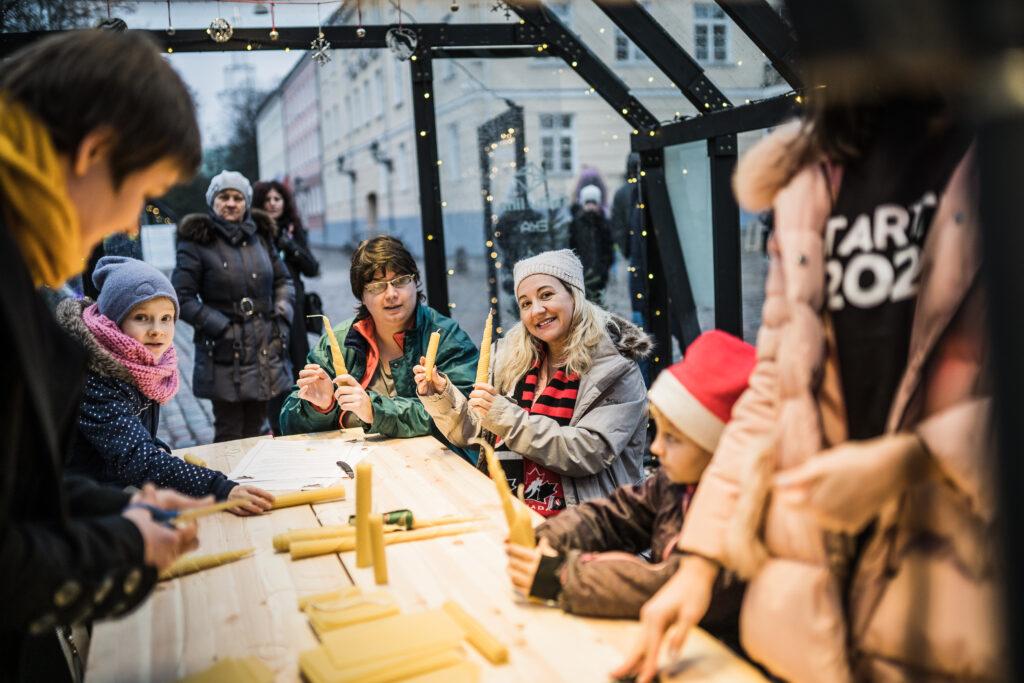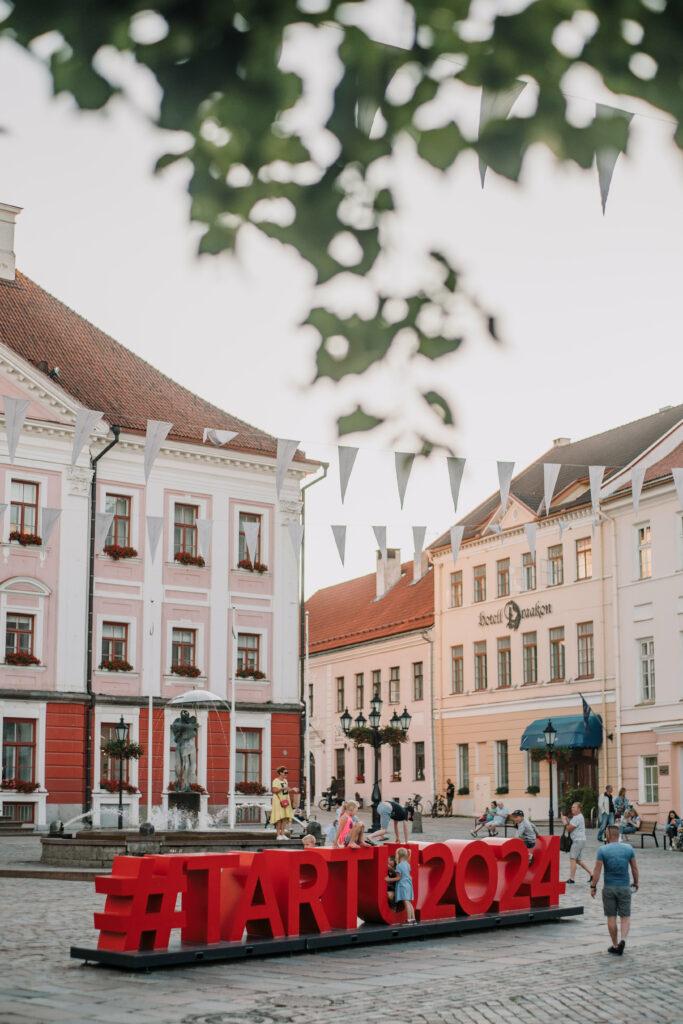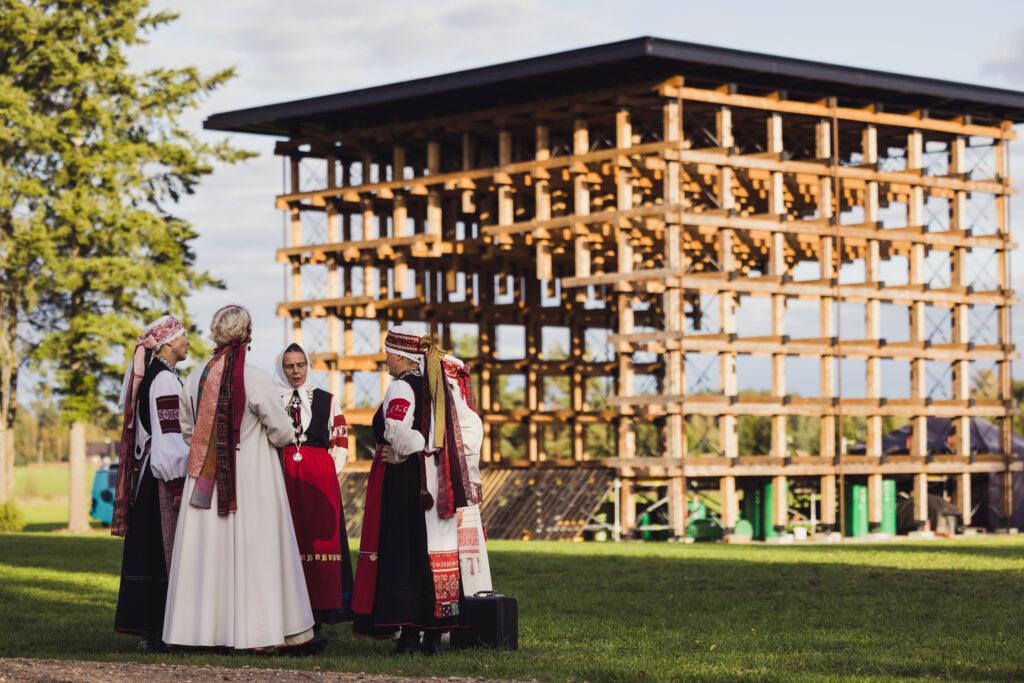SOCIETY spoke with the Artistic Director of Tartu 2024 Kati Torp, about the yearlong programme the city of Tartu developed together with the region of South Estonia in the framework of the European Capital of Culture Title 2024.
Can you tell us a bit about the central theme of the European Capital of Culture 2024 programme?
In our case, the main motto is “Arts of Survival”. We already developed it in 2018/2019 when Tartu was bidding to win the title. Very briefly, it refers to the skills, knowledge and values that we have and to those we want to develop further to lead a good life. We have developed four programme lines, which all somewhat interpret the “Arts of Survival” theme. When the concept was developed, things were quite different though. We are all aware of what has happened in the last five years: the COVID outbreak, Russia’s full-scale aggression against Ukraine and the conflict between Hamas and Israel – we had to be thoughtful about these topics as well and they somehow added layers to our original idea.
So the COVID outbreak and the wars influenced your projects/programme as well?
Yes, especially Russia’s war of aggression against Ukraine. We have a large Ukrainian refugee community here and we are also working with them in the framework of ECOC 2024. We will have Ukrainian voices in our events, as there are several projects we organized together with the local Ukrainian community.
How are the local people involved in the programme? What were/are the biggest projects within the framework of ECOC?
When we developed the concept together with our bid book, we already initiated some projects in order to make the programme a bit more tangible. Later, we organized three different open calls that were accessible for cultural organizers. One of these open calls was dedicated to small-scale projects and its aim was to source projects from different local communities, such as the LGBTQ+ community or the Ukrainian community. This specific open call was very successful. We received around 150 project applications – not only in Tartu but in the whole region of Southern Estonia. This is something that is important to highlight: it is not only the city of Tartu that holds the ECOC title but the whole region of Southern Estonia, altogether we are 20 municipalities.
What are, for you personally, the highlights of the programme?
There are many highlights. The four programme lines have different projects highlighting the different themes. One line is titled “Tartu with Europe”, which is a very nice programme designed not only to build bridges between Southern Estonia and the rest of Europe but also to help Southern Estonians identify themselves as Europeans. That is somewhat of an issue here: When we talk about Europe, the overall understanding is Brussels, London or Paris and not necessarily a remote place in Southern Estonia. In the framework of “Tartu with Europe”, we organized a very nice film project: the “Arts of Survival Documentaries”. Our idea was to invite eight filmmakers – four from Estonia and four from around the world – to come to Southern Estonia and to stay there for a residency, gather material and interpret the main theme. As a result, we have eight new films coming out. They will be screened on May 4, but what is happening afterwards is even more important and interesting. We hope that they will have an “afterlife” in various film festivals and tell the story of “Arts of Survival” even after our offices here close and 2024 is over.
Are you in contact with the other two ECOC cities 2024?
We are in contact and we even organized some events together. We had a family meeting with ECOCs in Tartu in September for example, in the framework of which we could get together with our colleagues, exchange knowledge and discuss potential collaboration.
Why is Tartu/Southern Estonia worth a visit – aside from the ECOC initiative?
What’s maybe interesting to highlight and which is something that might not be so obvious for outsiders is that Southern Estonia is culturally a very diverse region. There are five different languages being spoken and there even is a kingdom – the Seto Kingdom – in this region (on the boarder to Russia). When it comes to costums, traditions and languages, it is really an extremely diverse and unique place.
How can Tartu be reached, from Vienna for example?
Finnair is now flying directly to Tartu, so you can fly to Helsinki and then take a connection flight to Tartu. Another option is to fly to Tallinn and then take a train or a bus, which takes a little over two hours.
How can the city but also the whole country profit from the title European Capital of Culture? Which opportunities does it hold?
When it comes to culture, the actual programme is somewhat the outcome; it is what you see and what you can witness. In the course of creating this programme, there has been a lot of networking and capacity building. We always wanted to channel our resources for “human resources”. It was not our goal to build any new venues or any sort of infrastructure but we wanted to use the money for projects and we hope that what will last is a network of cultural managers, of really well equipped and well connected people. The ECOC year should result in a cultural legacy.
Then there is also a lot of data, which is more tangible. Finance wise, there is a calculation that says that for every Euro you put in, you will receive four Euros back. Everything will go back to the region.
Is there anything else you would want our readers to know?
What I would like to highlight is the exhibition of Japanese sound and visual artist Ryoji Ikeda as his project translates so well to very different audiences. Ikeda is working with scientific data and his project will look like a large-scale immersive installation. In his previous works, he collaborated with CERN for example. In Tartu, he will work with the prominent Institute of Genomics, University of Tartu, which has a collection of Estonian DNA that he will try to translate into the language of visual arts. It can be seen between November 2, 2024 and March 2, 2025 at Eesti Rahva Muuseum.
Photos: Tartu2024/Kiur Kaasik/Maanus Kullamaa/Mana Kaasik/Nima Sarabi/Andrus Liivamäe/Silver Gutmann
